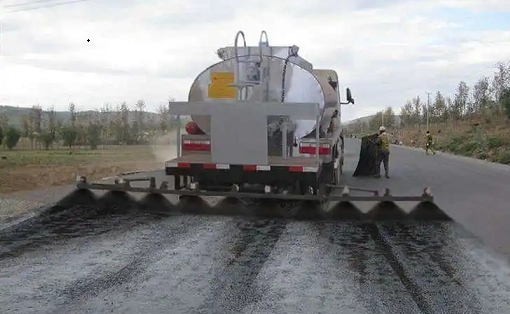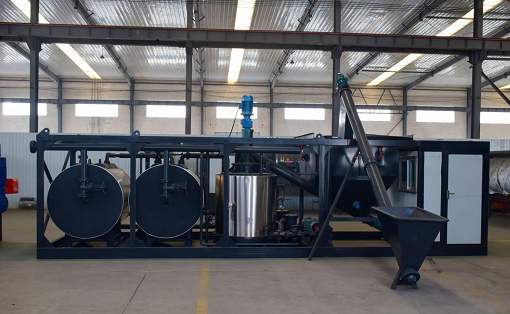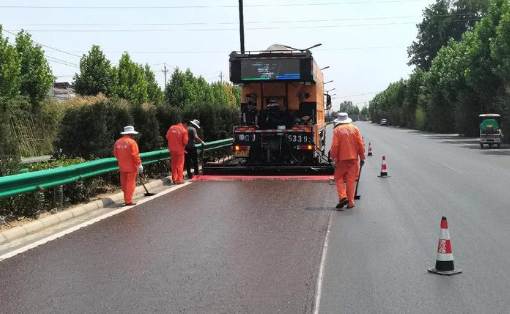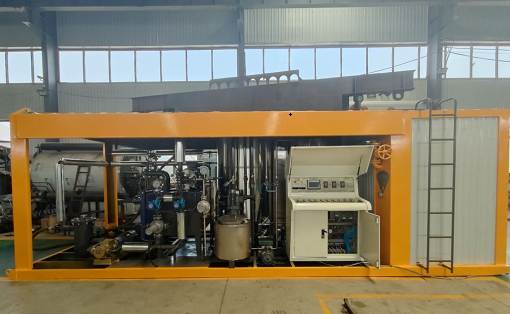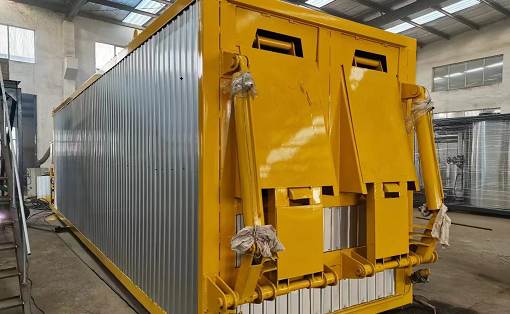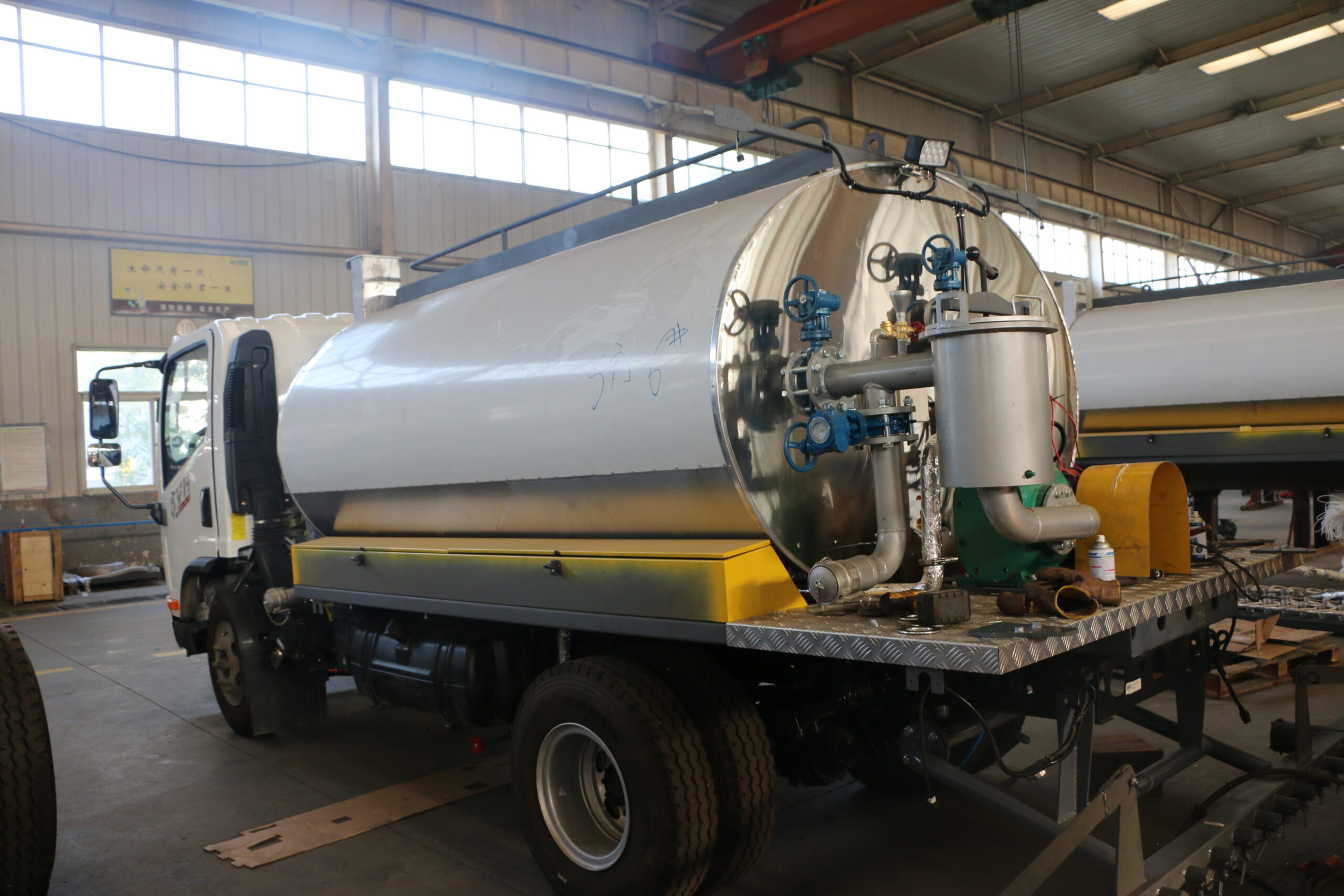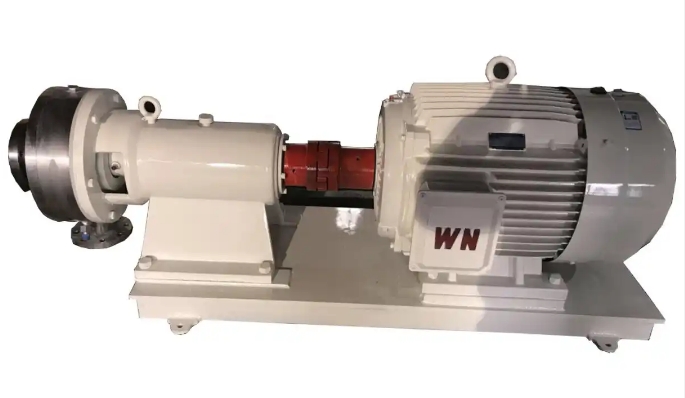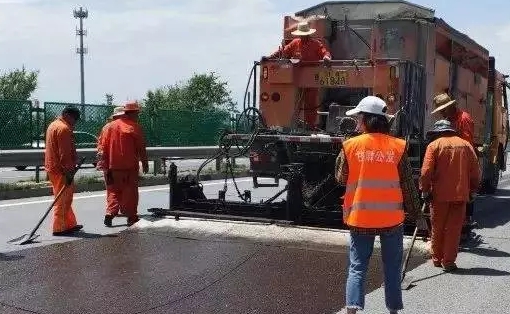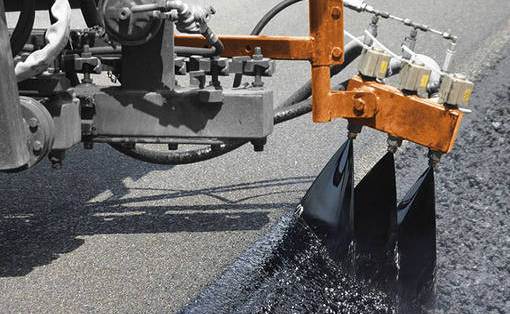How to reduce the energy consumption of emulsified asphalt production equipment?
How to reduce the energy consumption of emulsified asphalt production equipment is a concern of many users, and is also an issue that many manufacturers attach great importance to. Therefore, today Sinoroader, as a manufacturer of emulsified asphalt production equipment, would like to take this opportunity to share with you how to reduce the production of emulsified asphalt. Equipment energy consumption method.
Since emulsified asphalt appears as a finished product in emulsified asphalt production equipment, and the outlet temperature of ordinary emulsified asphalt is about 85°C, the outlet temperature of emulsified modified asphalt is above 95°C, so there is a lot of latent heat in emulsified asphalt, but emulsified asphalt The production equipment does not make good use of them, but directly enters the finished product tank, allowing the heat to be lost at will, resulting in a waste of energy.
How to reduce the energy consumption of emulsified asphalt production equipment is a concern of many users, and is also an issue that many manufacturers attach great importance to. Therefore, today Sinoroader, as a manufacturer of emulsified asphalt production equipment, would like to take this opportunity to share with you how to reduce the production of emulsified asphalt. Equipment energy consumption method.
Since emulsified asphalt appears as a finished product in emulsified asphalt production equipment, and the outlet temperature of ordinary emulsified asphalt is about 85°C, the outlet temperature of emulsified modified asphalt is above 95°C, so there is a lot of latent heat in emulsified asphalt, but emulsified asphalt The production equipment does not make good use of them, but directly enters the finished product tank, allowing the heat to be lost at will, resulting in a waste of energy.
In response to this situation, the editor of Sinoroader recommends that when using emulsified asphalt production equipment, water as a production raw material needs to be heated from normal temperature to about 55°C, so the editor recommends that you configure a heat exchanger for the equipment to convert the emulsified asphalt into The latent heat is transferred to the water. After the emulsified asphalt production equipment has produced 5 tons of emulsified asphalt, the temperature of the circulating water will gradually increase, and there is basically no need for additional heating, so it can effectively save 1/2 of the fuel.
In addition, Sinoroader recommends that while protecting your own environment, you should add an environmental protection device to the emulsified asphalt production equipment to recover the latent heat produced, which can also effectively reduce the energy consumption of the equipment.
In fact, there are many more ways to reduce the energy consumption of emulsified asphalt production equipment than the above. If you want to know more about emulsified asphalt production equipment, low-noise anti-skid surface treatment, fine anti-skid surface treatment, fiber synchronous gravel seal, super-viscous fiber micro-surface, Cape seal and other related information, you can log in to Sinoroader at any time Check the website.




